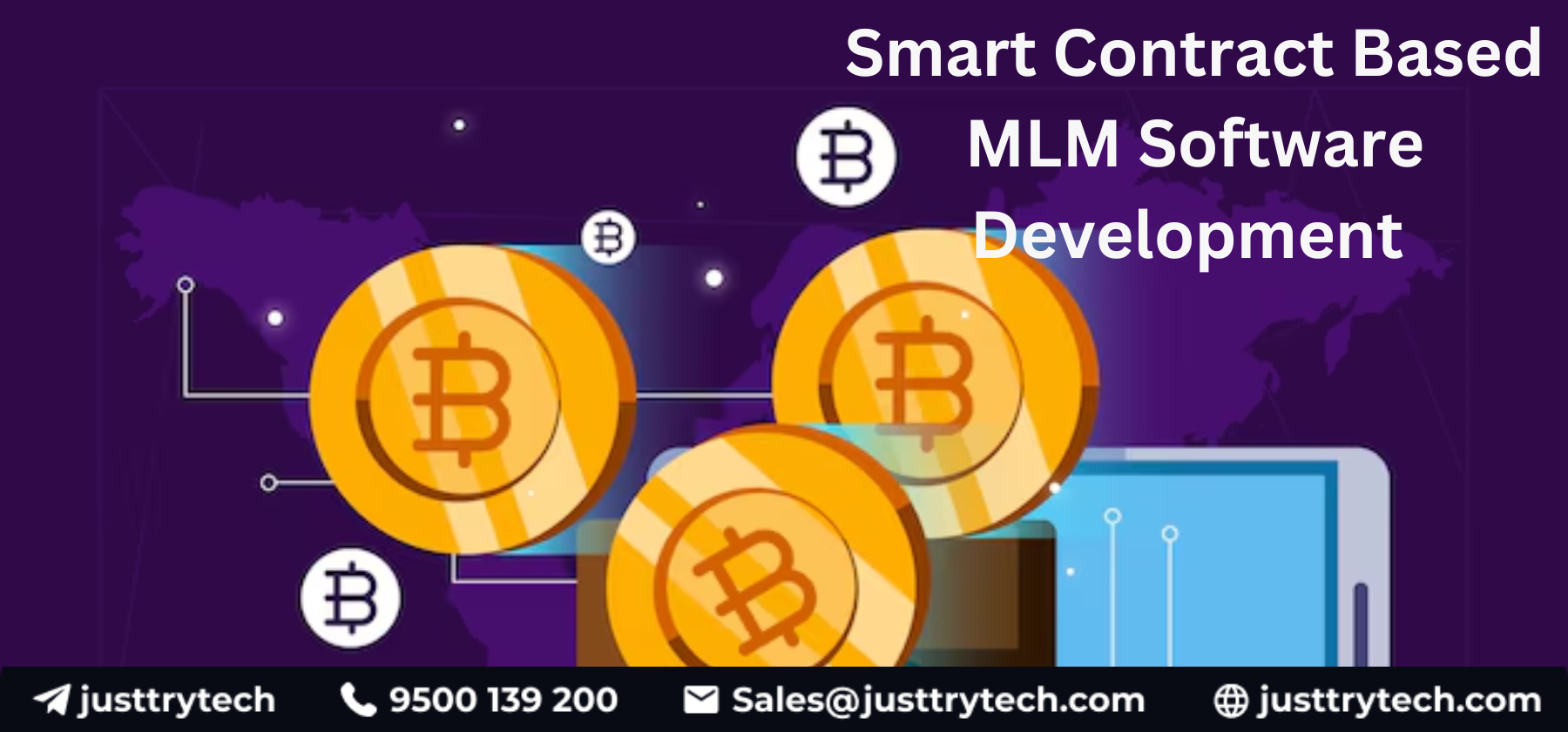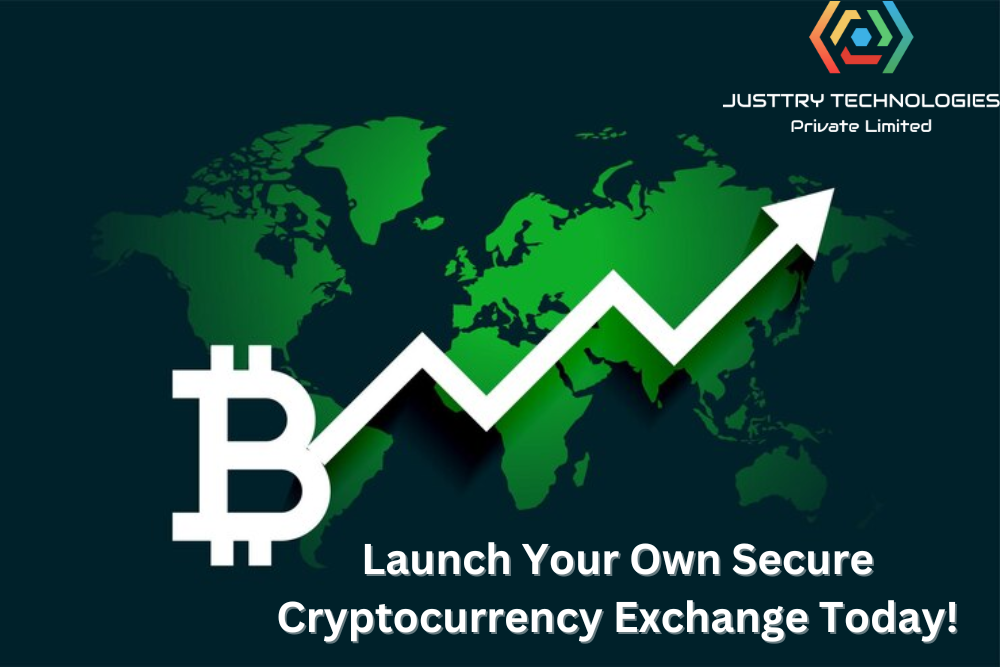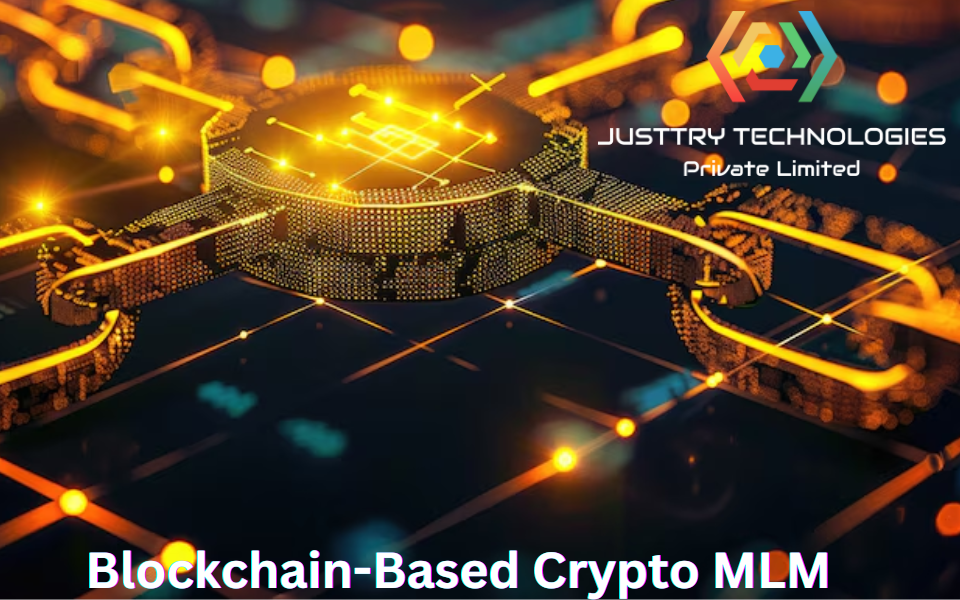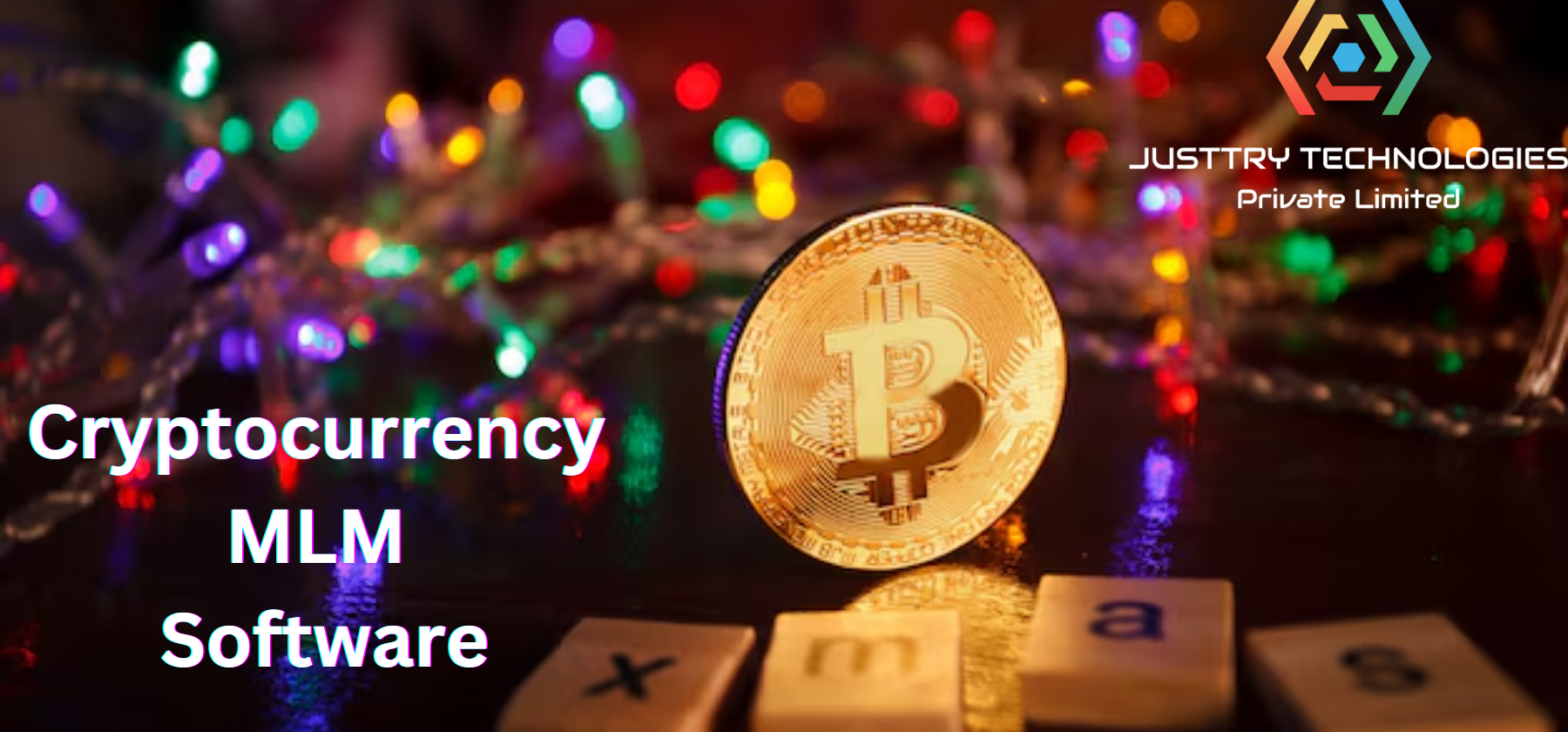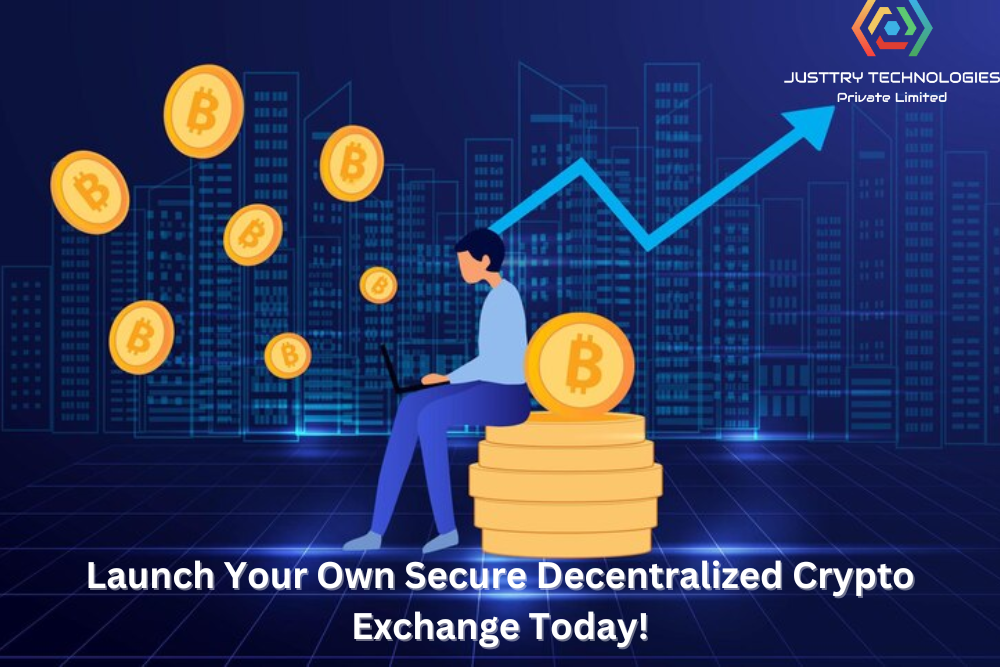 Link Insertions on Real Blogs – Quick Wins for Better Rankings!
Link Insertions on Real Blogs – Quick Wins for Better Rankings!
Mastering the Essentials of Digital Asset Exchange Platform Development
Written by oliverethan » Updated on: June 17th, 2025

As the digital economy expands, digital asset exchanges are emerging as the cornerstone of cryptocurrency and blockchain innovation. These platforms facilitate the buying, selling, and trading of digital assets, including cryptocurrencies, tokens, and even non-fungible tokens (NFTs). With the rise of decentralized finance (DeFi) and blockchain technology, the demand for secure, user-friendly, and scalable digital asset exchanges has grown exponentially.
In this blog, we will delve into the fundamentals of Digital Asset Exchange Platform Development, discussing the essential features, steps, and considerations required to build a successful platform in today’s dynamic market.
What Is a Digital Asset Exchange?
A digital asset exchange is a marketplace that enables users to trade digital assets seamlessly. These platforms act as intermediaries, connecting buyers and sellers, and often provide additional services such as wallet integration, real-time analytics, and multi-currency support.
Digital asset exchanges come in two main types:
Centralized Exchanges (CEXs): Managed by a single entity, offering faster transactions but requiring users to trust the operator with their funds.
Decentralized Exchanges (DEXs): Operate on blockchain technology, allowing peer-to-peer transactions and giving users complete control of their assets.
Each type has its unique advantages, but the choice depends on the target audience and business goals.
Key Features of a Digital Asset Exchange Platform
Creating a robust and competitive digital asset exchange requires integrating essential features that cater to both novice and experienced traders.
1. Intuitive User Interface (UI)
The platform should have a clean, intuitive design to ensure a seamless experience for users.
Easy navigation for efficient trading.
Mobile-friendly interfaces to cater to on-the-go traders.
2. Advanced Trading Engine
A reliable trading engine is the backbone of the exchange. It should process transactions quickly and handle various order types, such as:
Market orders.
Limit orders.
Stop-loss orders.
3. Multi-Currency Support
A diverse range of cryptocurrencies and tokens attracts a broader user base.
Support for major cryptocurrencies like Bitcoin, Ethereum, and stablecoins.
Integration of trending tokens and niche altcoins.
4. High-End Security
Security is paramount in digital asset exchange platform development to protect user funds and maintain platform integrity.
Two-factor authentication (2FA).
End-to-end encryption.
Cold wallet storage for enhanced fund protection.
5. Liquidity Management
Liquidity ensures smoother trades and minimizes price volatility.
Partner with liquidity providers.
Implement market-making mechanisms for balance.
6. KYC and AML Compliance
Regulatory adherence is crucial to operate legally and build user trust.
Incorporate Know Your Customer (KYC) processes.
Add Anti-Money Laundering (AML) protocols for secure and compliant transactions.
7. Real-Time Analytics and Reporting
Providing users with real-time data enhances their trading decisions.
Dashboards showcasing price movements and trading volumes.
Transaction histories for complete transparency.
The platform should handle increasing user activity without compromising speed or functionality.
Cloud-based solutions for scalability.
High-performance servers to handle peak loads.
Steps to Develop a Digital Asset Exchange Platform
Developing a digital asset exchange involves a series of carefully planned steps to ensure functionality, security, and user satisfaction.
1. Define Your Goals and Target Audience
Understand your objectives, including the type of exchange (CEX or DEX), supported assets, and features.
Analyze market trends and user preferences.
Identify gaps in existing exchanges to create a unique value proposition.
2. Design the Platform Architecture
Map out the structure of your platform, focusing on the user interface and backend operations.
Develop wireframes and prototypes to test the user flow.
Incorporate intuitive design principles for ease of use.
3. Choose the Right Technology Stack
The tech stack is critical to the platform’s scalability and security. Consider:
Blockchain frameworks like Ethereum, Binance Smart Chain, or Polygon.
Backend programming languages like Python or Node.js.
Frontend frameworks like React.js or Angular for a responsive design.
4. Develop Core Features
Focus on building essential functionalities, including:
Trading Engine: Efficiently match and process buy/sell orders.
Wallet Integration: Enable secure storage and seamless fund transfers.
Payment Gateway: Allow fiat-to-crypto and crypto-to-crypto transactions.
5. Implement Security Measures
Incorporate multiple layers of security to protect users and the platform.
Secure API connections.
Regular security audits and penetration tests.
6. Conduct Comprehensive Testing
Test the platform rigorously to ensure its functionality and security.
Stress-test to handle high transaction volumes.
Perform user acceptance testing (UAT) to refine the interface.
7. Launch and Monitor
Deploy the platform on reliable hosting and monitor its performance post-launch.
Gather user feedback to implement updates.
Optimize features based on real-world usage.
Challenges in Digital Asset Exchange Platform Development
While the potential rewards are high, businesses must navigate several challenges:
Regulatory Compliance: Adapting to changing regulations in different regions can be complex.
Cybersecurity Threats: Protecting against hacking attempts requires ongoing vigilance.
Competition: The crowded market demands unique features to stand out.
Collaborating with experienced developers ensures these challenges are addressed effectively.
Why Invest in Digital Asset Exchange Platform Development?
The demand for digital assets continues to grow, making digital asset exchange platform development a lucrative opportunity. Key benefits include:
Revenue Streams: Earn through transaction fees, listing fees, and premium services.
Market Leadership: Establish your platform as a trusted hub for digital asset trading.
Scalability: Expand your offerings to include DeFi services, staking, or NFTs.
Conclusion
Building a digital asset exchange is a rewarding venture that requires meticulous planning and advanced technology. From creating a user-friendly interface to implementing robust security measures, every step contributes to a successful platform.
Investing in digital asset exchange platform development enables businesses to tap into the growing crypto market, offering users a secure, scalable, and feature-rich trading experience. With blockchain adoption on the rise, now is the perfect time to build a digital asset exchange that meets the needs of modern traders.
Note: IndiBlogHub features both user-submitted and editorial content. We do not verify third-party contributions. Read our Disclaimer and Privacy Policyfor details.
Copyright © 2019-2025 IndiBlogHub.com. All rights reserved. Hosted on DigitalOcean for fast, reliable performance.



